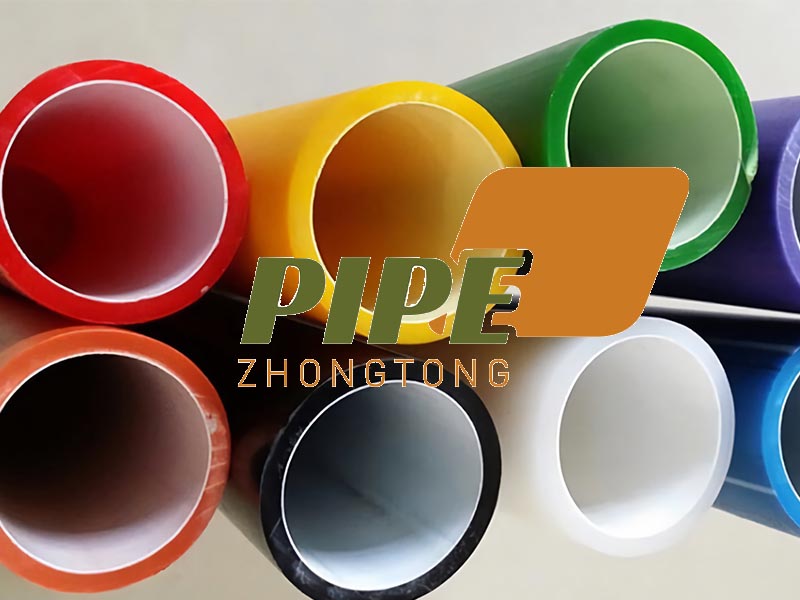Polietilenă Țeavă PE is widely used in building water supply, building drainage, buried drainage pipe, building heating, gas pipeline, electrical and telecommunications protective casing, industrial pipe, agricultural pipe, etc. due to its unique advantages. It is mainly used in urban water supply, urban gas supply and farmland irrigation.
Features and benefits – Part 1
1. Corrosion resistance Polyethylene has excellent corrosion resistance, good hygienic properties and long service life. Polyethylene is a non-inert material. Except for a small amount of strong oxidants, it can resist corrosion from a variety of chemicals and is not easy to breed bacteria.
2. Flexibility Polyethylene has unique flexibility and excellent scratch resistance. The flexibility of polyethylene is an important property, which greatly improves the value of this material for pipeline engineering. Good flexibility allows polyethylene pipes to be coiled and supplied in longer lengths, avoiding a large number of joints and pipe fittings.
3. Low temperature resistance Polyethylene has outstanding low temperature resistance
4. Fracture toughness Polyethylene has good rapid crack growth fracture toughness
Technical requirements-part2
1. Welding: When hot-melt connection, the temperature must reach 210±10℃, and care should be taken to avoid over-burning.
2. Buried: When working in the trench, necessary safety measures must be considered.
3. Testing: Water is recommended as the pressure test medium. During the test, measures should be taken to prevent the pipeline from moving or being damaged.
4. Positioning: Polyethylene materials cannot be controlled by magnetic positioning equipment. Other methods can be used to detect polyethylene pipelines, including tracer lines, marking tapes, detection tapes, line markings, electronic marking systems, and voice-controlled pipeline tracing methods.
5. Air pressure: HDPE pipes cannot be used in the field of high-pressure gas transportation.
6. Scope of application: HDPE pipes are not recommended in some occasions. Please consult the supplier for its chemical corrosion resistance.
7. Static electricity: HDPE pipes are mixed with high static electricity. In the case of flammable and explosive gases, corresponding measures should be taken to eliminate static electricity.
8. Impact performance: HDPE pipes have good impact resistance. When hitting the pipes with a hammer, it should be noted that the pipes will produce a certain rebound force.
9. Coiling: The coiled small-diameter HDPE pipes store energy like springs. If the packaging tape is cut, it will produce a large rebound force.
10. Storage: If the pipes must be stored in piles, then excessive stacking should be avoided, and they should be stacked in straight rows. If the pipes are not properly stacked, the pipes may be deformed.
11. Weight: Although HDPE pipes are lighter than other traditional pipes, they still have a certain weight, so they should be handled and constructed with caution.
12. Unloading: The correct unloading facilities must be used, and all tools used for handling should be checked to see if they meet the requirements.
Installation process – Part 3
1. Heat the pipes and fittings at the same time, then insert and socket them. After the sockets are in place, wait for a moment and let go. Do not twist during the heating, socketing and cooling process;
2. Heat the hot melt machine die head to about 20;
3. Use pipe shears to cut the pipes according to installation needs;
4. Cool naturally;
5. Mark the depth of the pipe to be inserted and socketed;
6. After the construction is completed and the test pressure is passed, it will be put into use.
 Zhongtong HDPE PIPE System Furnizor profesional
Zhongtong HDPE PIPE System Furnizor profesional
